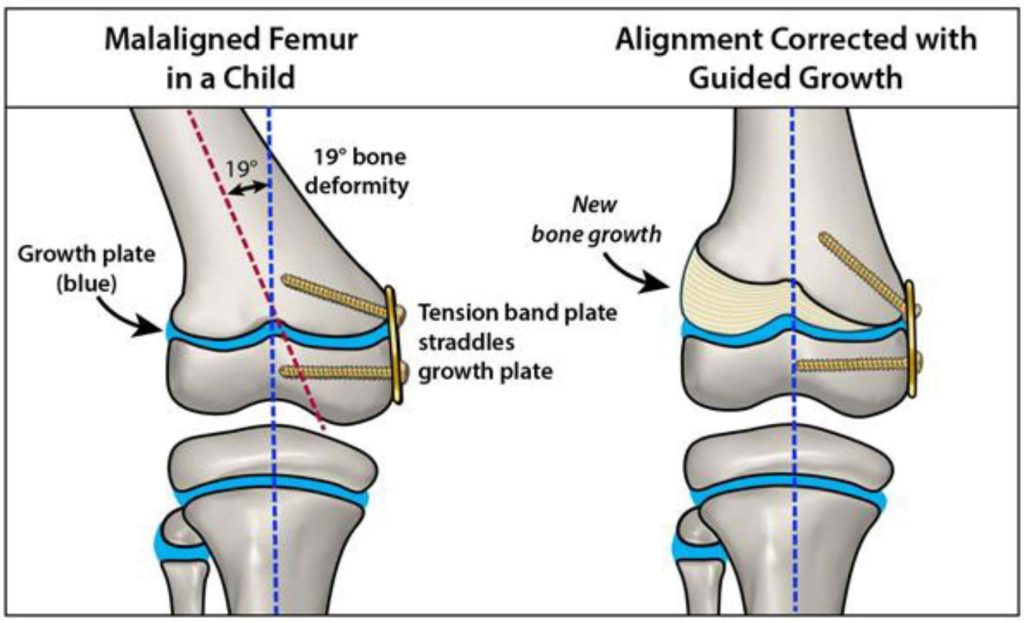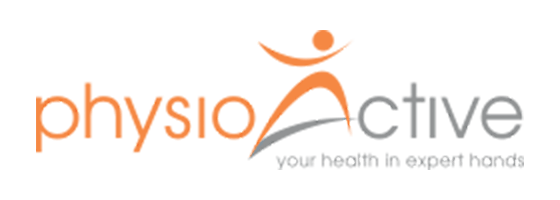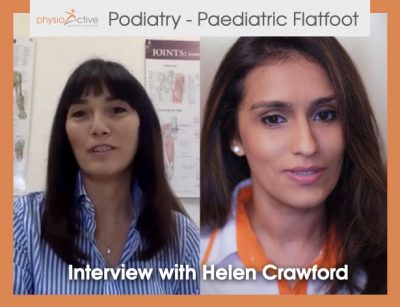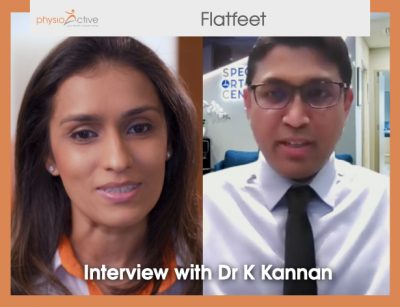Guided Growth in Pediatric Orthopaedics: A Minimally Invasive Solution
Guided growth is a powerful and minimally invasive surgical technique used to correct bone alignment issues in children. In a recent interview with PhysioActive Indonesia, Dr. Ong Shiong Meng, Consultant Orthopaedic Surgeon & Paediatric Orthopaedic Surgeon at Sunway Medical Centre Malaysia, shared his expertise on this innovative treatment that is transforming pediatric orthopedic care across Southeast Asia.
What Is Guided Growth?
Guided growth leverages the natural growth potential of children to correct angular deformities, such as knock knees (genu valgum) or bowed legs (genu varum). By strategically placing small metal plates and screws at the growth plates, orthopedic surgeons can control the direction in which the bones grow. This allows the deformity to correct gradually over time as the child grows. The technique is safe, effective, and far less invasive than traditional corrective surgeries.

Straightness of leg
This method is most effective when performed on patients whose growth plates are still open, typically before they reach skeletal maturity. It’s a race against time—the earlier the intervention, the better the outcomes.
Assessing the Right Candidates for guided growth
According to Dr. Ong, it is essential to assess each case individually. Not all leg misalignments require surgery. Children naturally have some curvature in their legs during early development. A combination of clinical evaluation and precise radiographic measurements is used to determine whether the deviation falls outside the acceptable range.
For children experiencing pain, difficulty walking, or early signs of joint stress, guided growth can be a life-changing solution. The orthopedic team at Sunway Medical Centre uses X-ray analysis to determine the angles of misalignment and confirms the presence of open growth plates before planning surgery.
Procedure and Recovery for Guided Growth
The surgical procedure is performed under general anesthesia. A small incision, typically about 3 cm long, is made on one side of the bone, and the metal plate is carefully placed using X-ray guidance. Screws are then inserted above and below the growth plate to stabilize the device. The surgery usually takes less than 30 minutes.
Recovery is swift. Most patients begin walking with crutches within a few days and resume regular activities, including sports, within 4–6 weeks. The wound typically heals within two weeks. Once the desired correction is achieved—monitored through follow-up X-rays every four months—the plate is removed to prevent overcorrection.
International Patient Care
Patients from Indonesia and other neighboring countries often travel to Malaysia for surgery. Dr. Ong recommends a hospital stay of 3–4 days, after which the child can return home. Follow-up care is crucial, and regular evaluations must be scheduled every few months to track the correction progress.
For families based in Jakarta, post-operative rehabilitation can be continued at PhysioActive Indonesia, in partnership with PhysioActive Singapore. This continuity of care ensures that patients receive expert guidance throughout their recovery journey.

Malaligned Femur
Real-World Case Studies
Dr. Ong highlighted several successful cases. One involved a 14-year-old boy with severe knock knees who underwent dual plating on the femur and tibia. Over time, his X-shaped legs straightened significantly, and the plates were later removed once the alignment was corrected. Another case was a 9-year-old boy with Blount’s disease—a condition causing severe inward bowing of the leg. He underwent guided growth using an 8-plate on his tibia and showed remarkable improvement after a year.
These cases underscore how timely intervention can correct alignment issues and prevent long-term joint degeneration. Dr. Ong also presented a case of a woman in her 30s who was no longer a candidate for guided growth due to closed growth plates. Instead, she underwent osteotomy and limb lengthening to realign the bones and improve quality of life. This illustrates how early diagnosis and treatment can save children from complex procedures later in life.
Seamless Rehabilitation with PhysioActive
At PhysioActive Indonesia, we collaborate closely with surgeons like Dr. Ong to offer patients a comprehensive rehabilitation plan. Whether starting recovery in Malaysia or Jakarta, patients can trust in continuity of care, international standards, and personalized attention. Learn more about pediatric orthopaedic options and rehabilitation on our dedicated treatment pages.
Contact Information
For more information or to book an appointment with Dr. Ong, please contact our International Patient Centre (IPC):
Sunway Medical Centre, Sunway City, Kuala Lumpur
5, Jalan Lagoon Selatan, Bandar Sunway, 47500 Subang Jaya, Selangor Darul Ehsan, Malaysia
Email: [email protected]
WhatsApp: +6019 – 200 9191
Website: www.sunwaymedicalinternational.com
PhysioActive Singapore:
Website: www.physioactive.sg
PhysioActive Indonesia:
Website: www.physioactive.id
WhatsApp: +62 812 8406 4801


